Located in the heart of Bandung city, West Java province, Indonesia, Bandung Geological Museum is one of the most prominent natural science museums in Indonesia.
Not only is this a place that preserves the oldest traces of Earth, but it is also a "time gate" to return millions of years ago.
The museum was established in 1928 by Dutch geologists during the colonial period and is currently managed by the Indonesian Ministry of Energy and Mineral Resources.
This place currently holds more than 250,000 samples of rocks, minerals, and fossils that have been classified and studied over nearly a century.
Right in the main hall, the giant Tyrannosaurus rex dinosaur skeleton - the symbol of the museum - made a strong impression. With a length of more than 14 meters and a height of nearly 7 meters, this model is an exact replica of a fossil specimen found in North America. The dinosaur skeleton not only makes a strong visual impression, but also opens a vivid journey of experience about the history of the Earth and the evolution of life.
The museum is divided into three main areas. In the History of Life exhibit, exhibits show a geological timeline spanning billions of years from the Earth's beginnings, through ancient oceans, the emergence of single-celled organisms, bony fish, amphibians, reptiles and finally humans.
Also on display are fossils of prehistoric animals such as Stegodon (ancient elephant), Rhinoceros sondaicus (Java rhinoceros), ancient hippo and giant land turtle Megalochelys.
The Indonesian Geological Zone displays geological maps, rocks, precious minerals, and simulates volcanic activity, characteristic of the Pacific Ring of Fire of which Indonesia is the center.
Models, animations, and touchscreens help viewers understand the country's structure, geological movements, and resources.
Mineral Exploitation and Utilization Area - provides a comprehensive view of the role of resources in socio-economic development. In addition, there are educational topics such as environmental disasters, climate change and sustainable mining measures.
One of the museum’s most remarkable artifacts is the Homo erectus (ancient Javanese) fossil discovered in Sangiran, Central Java. This fossil specimen proves the presence of prehistoric humans in the Indonesian archipelago more than a million years ago, contributing to putting Indonesia on the world archaeological map.
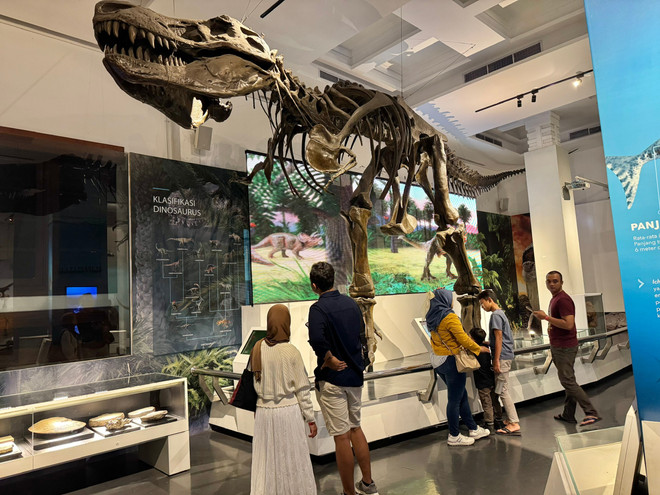
In addition, the fossils of Blora elephants (Elephas hysudrindicus), a giant elephant species that once lived in Java, are displayed almost 85% intact, showing that Indonesia's level of archaeology and conservation is constantly improving.
After a large-scale restoration with the support of the Japanese Government through JICA in 2000, the museum has become a prominent educational and tourist destination, attracting hundreds of thousands of visitors each year. On weekends, this place often welcomes hundreds of students from neighboring provinces to visit and study extracurricular activities.
Husna, a 10th grade student in Bandung city, shared that this museum has many interesting things about the history of the earth and humans. Husna was most impressed by the giant dinosaur skeleton. Having been here many times, this time Husna brought her younger sister and was confident that she could explain many interesting things to her.
The tutorials, interactive videos, simulation boards and geological models are designed to be user-friendly and lively.
In addition to being an attractive educational center for students and tourists, the museum is also for professionals and researchers in archaeology.
The museum also regularly organizes seminars, mobile exhibitions and has international cooperation activities in the fields of geology, environment and natural heritage conservation.
“We have the mission to educate, convey information and knowledge in the field of geology as well as guide and educate people on minimizing risks in the field of geology, helping to better manage natural resources and effectively prevent natural disasters,” said Mr. Raden Isnu Hajar Sulistyawan, Director of the museum. “Every day, we welcome 2-3 thousand domestic and international visitors.”
The Bandung Geological Museum is not only a tourist destination, but also a symbol of Indonesia’s spirit of preserving knowledge and natural heritage. In the context of increasingly serious climate change and environmental degradation, the Bandung Geological Museum also plays the role of a “treasure trove of warnings” - a place where people look back at the past to find a way for the future./.
Source: https://www.vietnamplus.vn/bao-tang-dia-chat-bandung-noi-luu-giu-nhung-dau-tich-co-xua-cua-trai-dat-post1053779.vnp


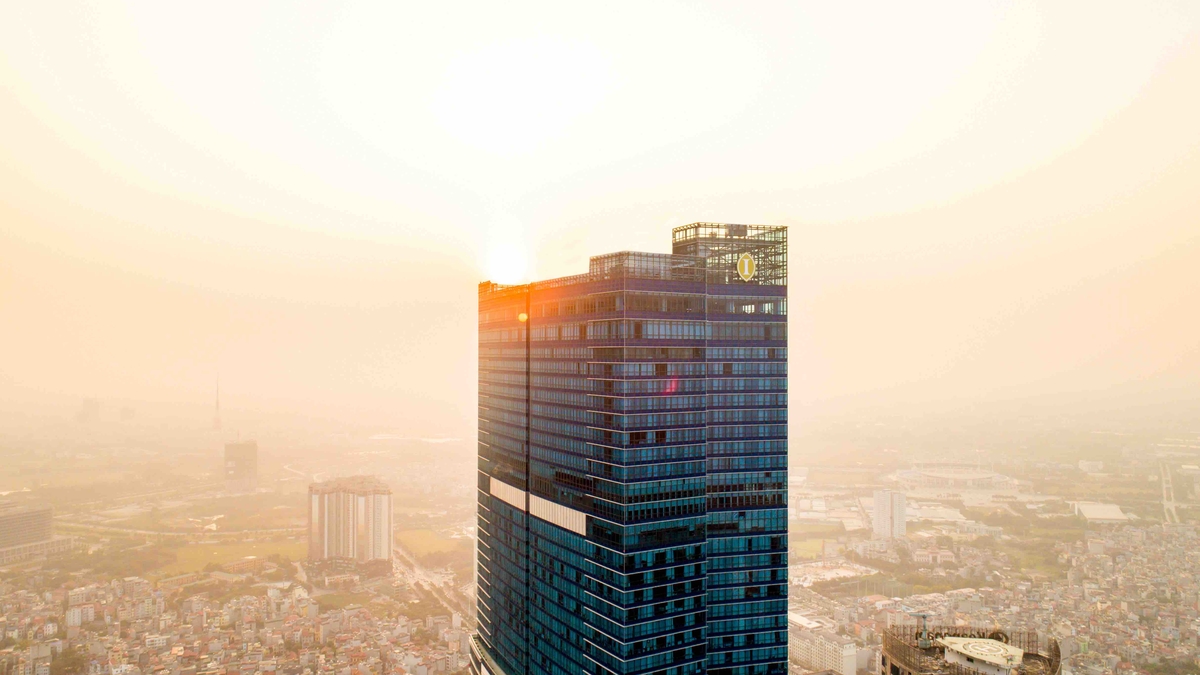



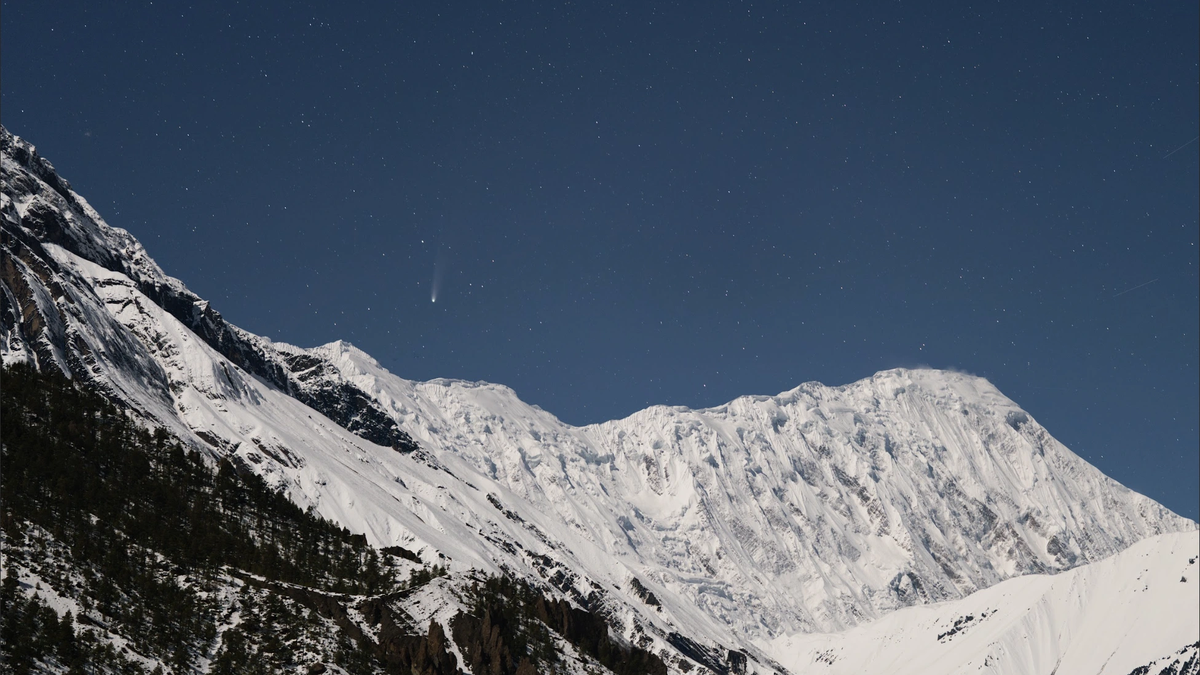



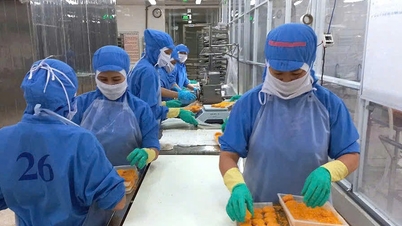






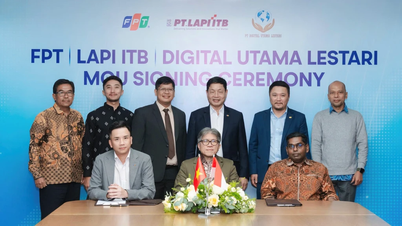






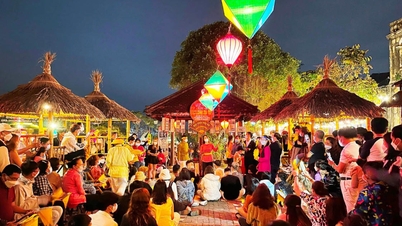






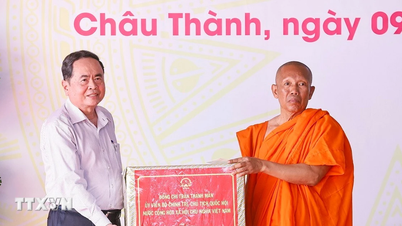

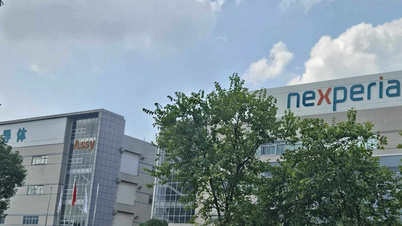
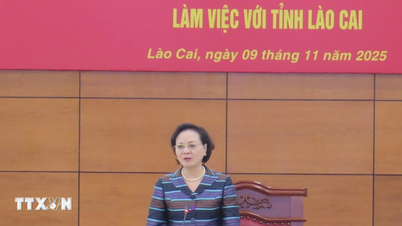
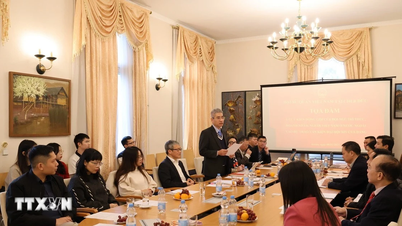






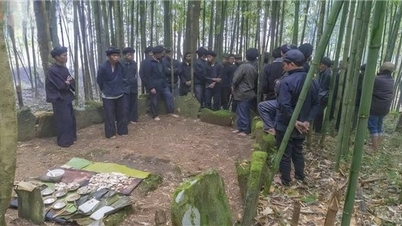





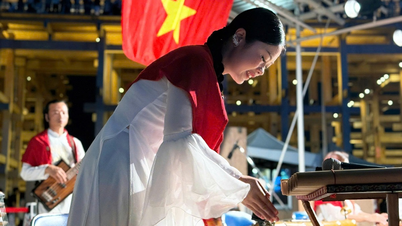

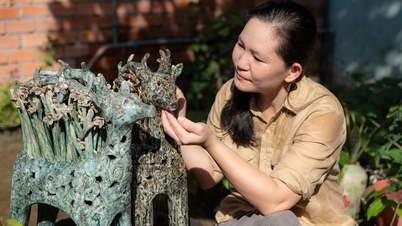

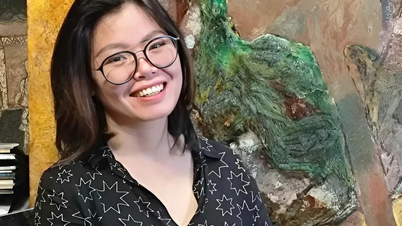

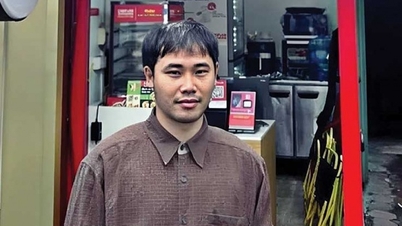



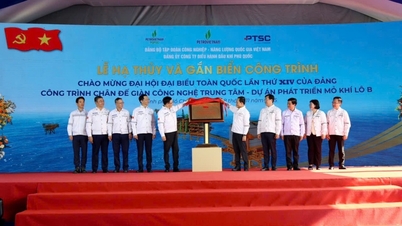














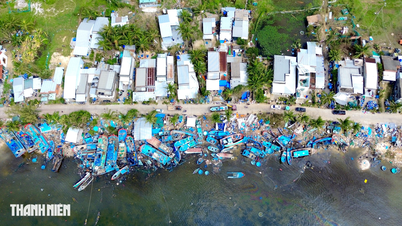
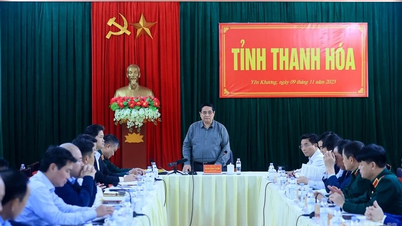



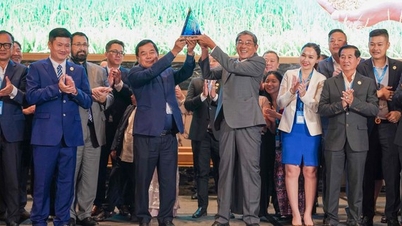


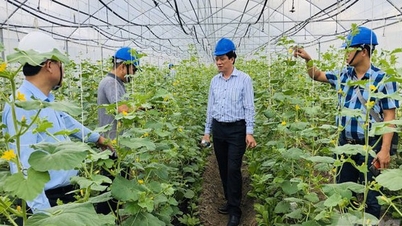
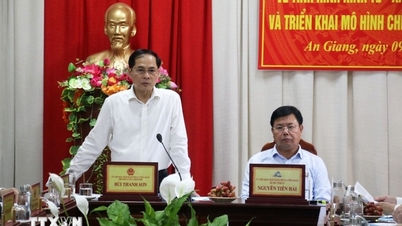





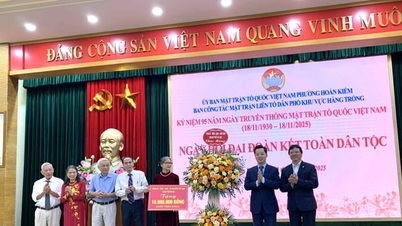



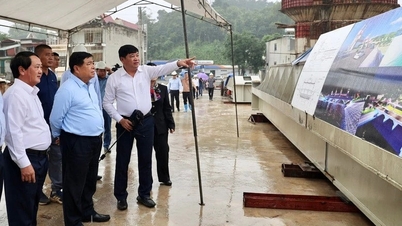
















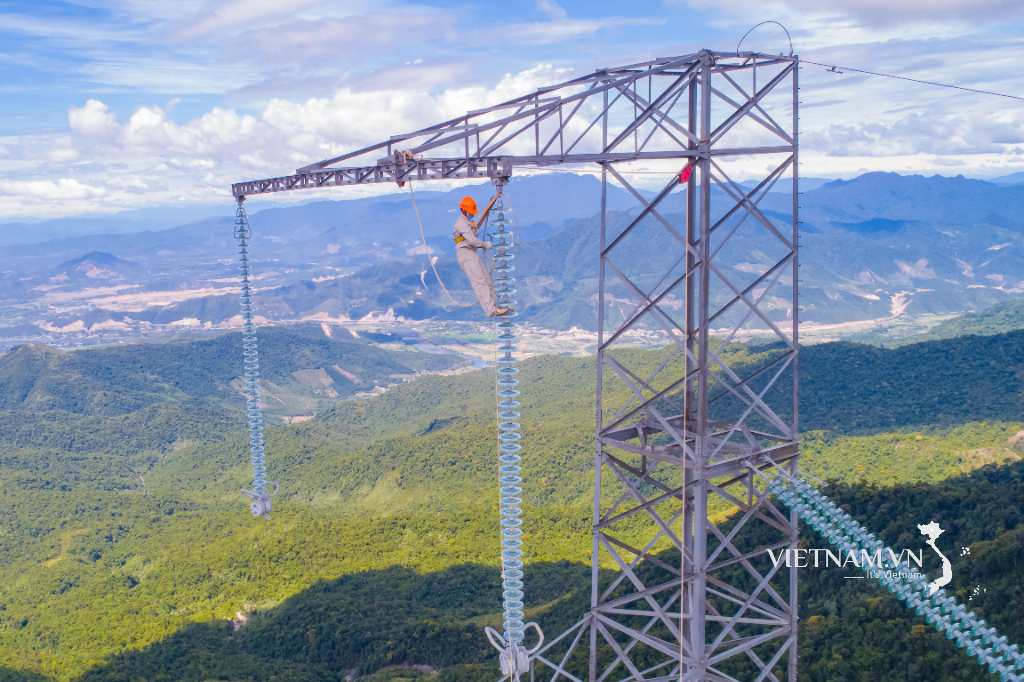
Comment (0)